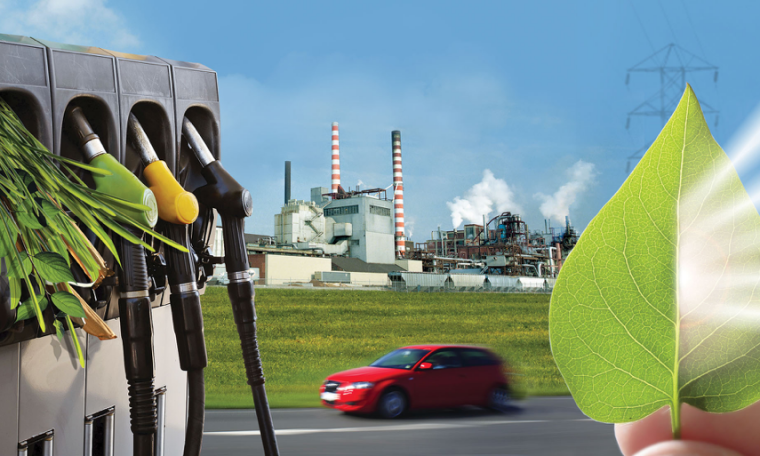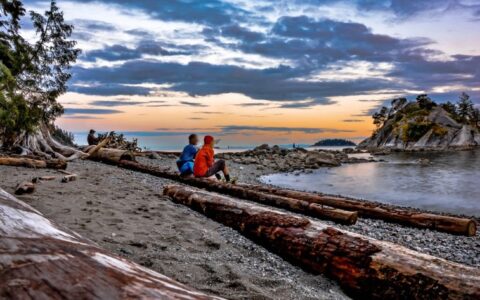
Rogue will build energycane, a bioenergy crop, which we got from sugarcane, and Miscanthus to deliver the oil that is utilized to make biodiesel and biojet fuel. Their work is guided by PC models, which shows that these crops can accomplish 20% oil content in the plant. This is a sensational increment from the regular levels, which are not as much as a tenth of 1%.
In the event that this is fruitful, these products could make as much as 15 times more biodiesel per unit of land, contrasted with soybeans, a food crop, that, at present, delivers half of our country’s biodiesel.
Past work, financed by the DOE Advanced Research Projects Agency-Energy (ARPA-E), accomplished 8% oil collection, and now Rogue will additionally expand oil creation and target oil groups in the stem where it can be accessed more effectively with Rogue’s protected extraction innovations.
As Li-Qing Chen, the right hand of a professor of plant biology at Illinois, said, diverting these plants to create oil instead of sugar will empower us to make full utilization of these beneficial crops for biodiesel and biojet fuel production.
When it comes to maintainability
Rogue will likewise enhance the effectiveness that these harvests can transform the sun’s energy into plant energy to fuel their natural oil production. Enhancing these harvests’ photosynthetic productivity will guarantee that the creation of energy oil won’t bring down crops.
Photosynthesis is the procedure that underlies the production of all our food and quite a bit of our fibre and increasing measures of our powers, as said by Don Ort, Robert Emerson Professor in Plant Biology and Crop Sciences, who will co-lead the task’s
photosynthetic work with Long. And by enhancing this procedure, we can brace these harvests to make a more effective, profitable, and practical source of bioenergy.




